10 Easy Shipping Container Maintenance Tips for Long-Term Use

Shipping containers are renowned for their incredible durability. But does that mean they are completely maintenance-free? Absolutely not! Even steel has a soft spot. Unfortunately, it is not easy to notice the damage until your stored items are damp, your doors won’t shut, or your once-pristine container starts looking like a rust bucket.
Whether you are starting with container ownership or have had one for years, knowing some great and easy shipping container maintenance tips will help you avoid common problems and save money in the long run.
Without any further ado, let’s jump in.
Smart Shipping Container Maintenance Tips That Work
Inspect the Ground
The Foundation of Longevity: The first step that should not be overlooked in shipping container maintenance tips is making sure it's placed on a proper foundation. Your containers should be on a level, well-drained surface, such as concrete pads, gravel beds, or railway sleepers. However, if you place it directly on soil, it will lead to moisture buildup underneath, further accelerating rust and weakening the structural integrity.
Another thing to note, when you enable a stable foundation, you can prevent the container from shifting or becoming unlevel over time. After all, a strong foundation = a longer-lasting container.
Proper Anchoring
Stay Grounded in All Weather: We all think that anchoring is for areas with hurricanes or typhoons. But to be honest, it is a good practice everywhere. When there are strong winds, shifting soil, or even earthquakes, an unanchored container can slightly move out of its place, compromising the structure or damaging the foundation.
To hold your container securely in place, you can use twist locks, steel anchor plates, or concrete bolts. Proper anchoring also adds an extra layer of safety if your container is stacked or located near other buildings. It's a simple investment that pays off during storms or even just high wind days.
Door Maintenance
Don’t Force the Issue: Undoubtedly, container doors are intense, but you still need to keep a check on them. The hinges, locking rods, and rubber seals can wear out or rust if ignored. Make it a habit to inspect and lubricate the door hinges and locking mechanisms every few months.
If doors become stiff, don’t try to force them open; it can bend the frame or damage the seals. Instead, apply some WD-40 or grease to keep things moving smoothly. Well-functioning doors also help maintain the container’s insulation and security.
Rust Patrol
Find It Before It Spreads
You cannot stop rust from happening on steel surfaces, but you can at least manage it if you get to know about it early. Common areas for rust are –
-
Bottom rails
-
Corners
-
Door seams, and
-
The roof where water may collect
Whenever you do routine checks, look for bubbling paint, orange flakes, or discoloration. If you spot rust, scrub it off using a wire brush, treat the area with a rust converter, and repaint. If you take out a few hours once or twice a year for rust control, you can add several years to your container’s lifespan. Know that this is one of the most crucial shipping container maintenance tips you’ll ever receive.
Weatherproofing and Sealing
Keep Water Where It Belongs: A shipping container is already designed in a way that makes it weather-resistant, but time and wear can compromise its watertight seal. You should know that its door gaskets, roof seams, and corner joints are vulnerable to cracking, shrinking, or loosening. This makes it essential for you to inspect the inside for leaks or damp spots after heavy rain or snow.
Ensure to replace any worn-out seals and apply weatherproof silicone or waterproof coatings where necessary. Sealing up even small gaps prevents rain, dust, insects, and rodents from making their way inside. It’s a quick task that saves major headaches down the line.
Clean Inside and Out
Grime Isn’t Just Ugly: Regular cleaning is not only meant to keep your container looking brand new every time, but it’s crucial for protection too. Talking about the exterior, dirt, grime, road salt, and bird droppings can eat away at the paint and lead to corrosion. So, how do you treat all these issues?
Well, pressure-washing your container every few months removes these contaminants. For the interiors of the container, you can sweep out debris, remove moisture-retaining materials like cardboard, and mop if necessary. One of the best perks of keeping your storage unit clean is that you can spot early signs of rust, leaks, or pest activity.
Desiccants for Moisture Control
Your Invisible Ally: No matter if you have sealed your container properly, when there is a change in the temperature, condensation can be formed inside, especially in humid or coastal areas. This is called “container rain,” and it can ruin stored items, promote mould growth, or trigger rust from the inside.
This is when desiccants like silica gel, moisture absorber packs, or calcium chloride tubs can help. You just have to place them in corners, along the floor, or on shelves to soak up excess moisture. It is one of those inexpensive solutions that helps keep your container and everything in it dry and safe. Using desiccants is one of those subtle shipping container maintenance tips that make a big difference over time.
Keep Doors Locked
Protection from More Than Theft: This might seem obvious, but just to remind you again that keeping the doors locked all the time is crucial. If you keep them open, you are inviting wind, dust, rain, pests, and even animals (sometimes humans). Unsecured doors also make it easy for theft or vandalism to occur.
To ensure top-notch safety, you can use a heavy-duty padlock or install a container lock box for enhanced security. Locking the doors also protects the hinges and seals from warping due to flapping in high winds. Think of locking up as part of daily maintenance, not just security.
Repaint Every Few Years
It’s Not Just Cosmetic
|
Did you know? A fresh coat of paint does more than just make your container look attractive. It acts as a shield against the elements. |
If you live in hot areas, choose anti-corrosive, marine-grade paint in lighter shades. Doing this will help you reduce internal heat.
Repainting every 3–5 years helps cover scratches and worn spots that could otherwise lead to rust. If you're storing sensitive items or using the container as a workspace, consider insulating and then painting the interior walls too. Treat painting as preventative care, not just a facelift.
Long-Term Planning
Make Maintenance a Habit, Not a Hassle: If your shipping container is going to be in use for several years, regular upkeep isn’t optional; it’s essential. Make seasonal inspections part of your routine. Check the base, corners, roof, door seals, and paint for any signs of wear or damage. Even small issues like surface rust or loose gaskets can turn into bigger problems if ignored.
Keep a simple log of what you inspect and fix; it helps you stay on top of things. If your location sees extreme heat or cold, think about insulation. A little consistency now saves you from major headaches later. Long-term shipping container maintenance tips like this one keep your investment strong for decades.
Bonus Tips: Don’t Skip These Small but Smart Maintenance Moves
While the essentials cover the bulk of your container's care, these bonus tips can add even more value, especially if you're planning long-term use or storing sensitive items.
-
Install Roof Guttering:
Adding a simple gutter system to the container roof helps redirect rainwater away from the base, reducing splash-back, foundation erosion, and moisture pooling around the container. It’s especially useful in areas with heavy rainfall.
- Add Ventilation for Airflow:
Containers are airtight by design. But for storage, especially of fabric, paper, or wood, you need passive airflow. Install louver vents, turbine vents, or even solar fans to minimize moisture buildup and regulate internal temperature. - Keep the Perimeter Clean:
Don’t let grass, leaves, or debris collect around the container’s base. These trap moisture, invite pests, and make routine inspections harder. A clean and clear surrounding improves drainage and prevents rust around the lower edges. - Use a Container Ramp (If Frequently Accessed):
If you’re using the container for frequent loading and unloading, adding a ramp reduces wear on the door frame and prevents moisture from being tracked in. Plus, it’s just more convenient.
The Bottom Line
At the end of the day, taking care of your shipping container doesn’t have to be complicated. A few simple checks here and there can go a long way in keeping it strong, weatherproof, and problem-free for years to come. Think of these shipping container maintenance tips like looking after a car: stay ahead of the small stuff, and you'll avoid the big headaches.
And if you ever need a hand, whether it’s finding the right container, customizing one for your space, or getting expert advice—HCT Containers is a great place to start. They've been in the game a long time and know exactly what it takes to keep your container in top shape.
Frequently Asked Questions
How Long Do Shipping Containers Last With Regular Maintenance?
With proper care and routine maintenance, a shipping container can last 20 years or more, even in outdoor conditions. Key practices like rust prevention, weatherproofing, and foundation care can significantly extend its lifespan.
Do Shipping Containers Need Ventilation?
Yes, especially if you're storing items sensitive to moisture or temperature changes. Proper ventilation helps prevent condensation ("container rain"), mould, and rust. You can install louvre vents or turbine vents to improve airflow.
What Maintenance Should I Do Before And After The Rainy Season?
Before the rains, check all seals, door gaskets, and the roof for leaks or weak spots. After the rains, inspect the interior for moisture or mould and clear any pooled water around the base. Regular checks during the season are also a good idea.


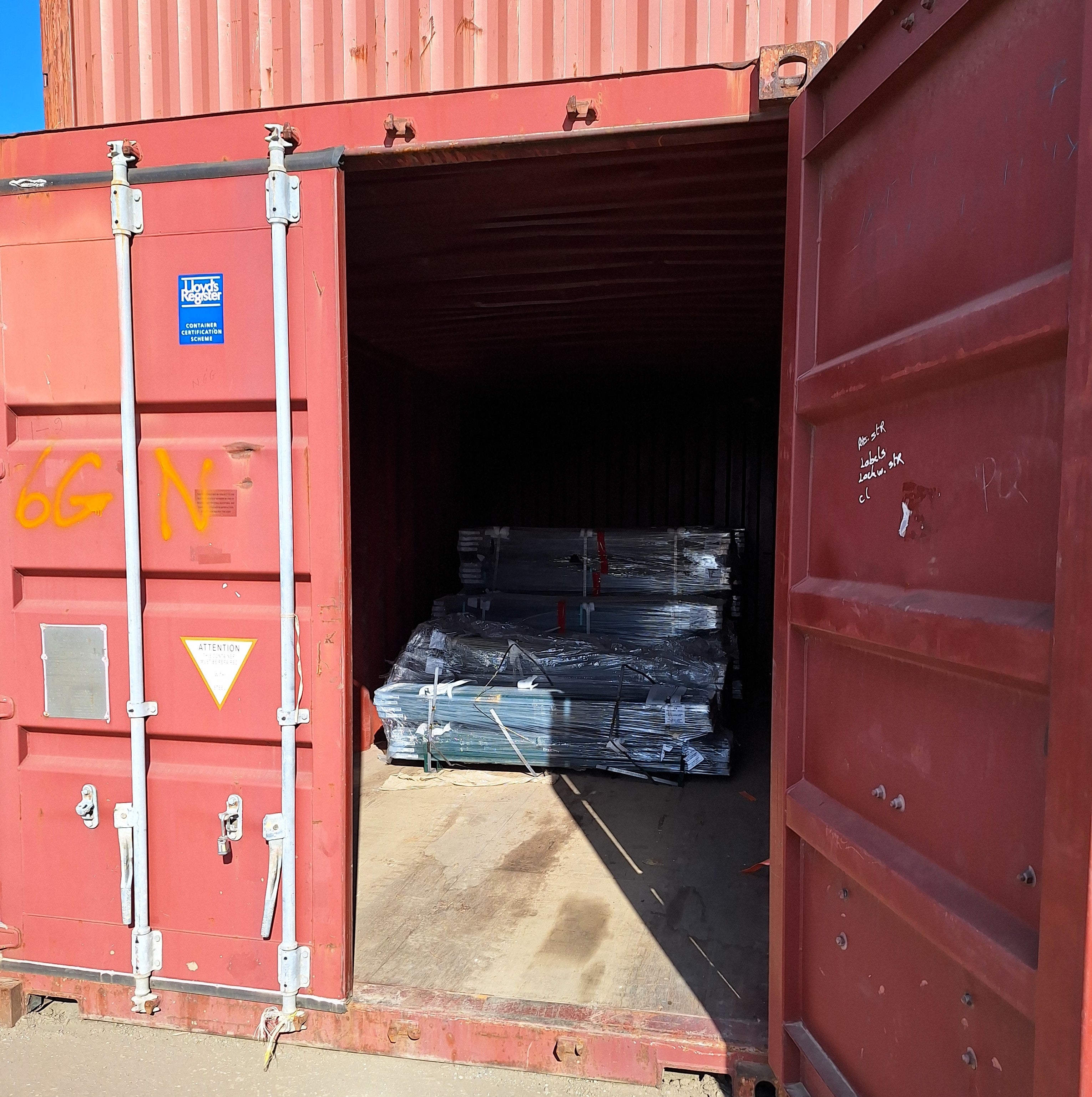
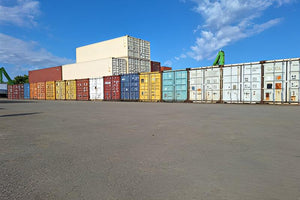


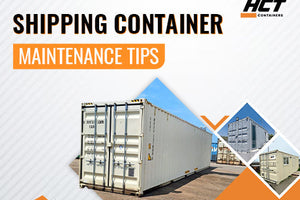

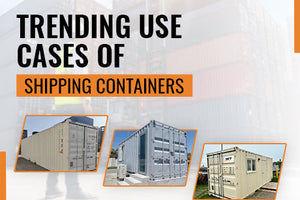
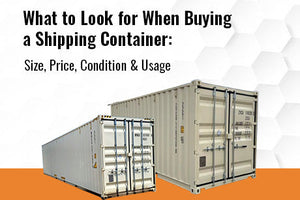
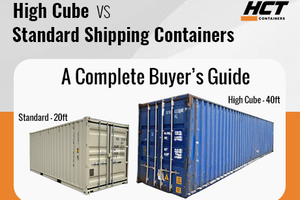


One helpful extension of the article’s idea is considering how the container will actually be used when planning maintenance. Containers supporting people—not just storage—require more proactive care, from ventilation to corrosion prevention, because comfort and reliability matter as much as durability. This is especially true for mobile hygiene solutions like private room shower trailer rentals, where well-maintained container structures help ensure safe, clean service in temporary settings such as those supported in Windsor Locks: https://shower-rental.com/connecticut/windsor-locks/
Leave a comment